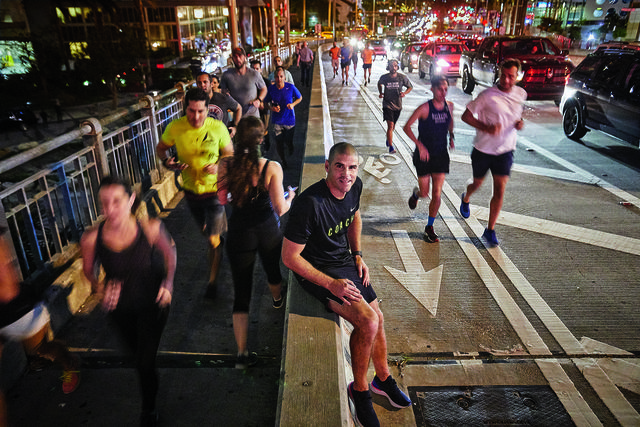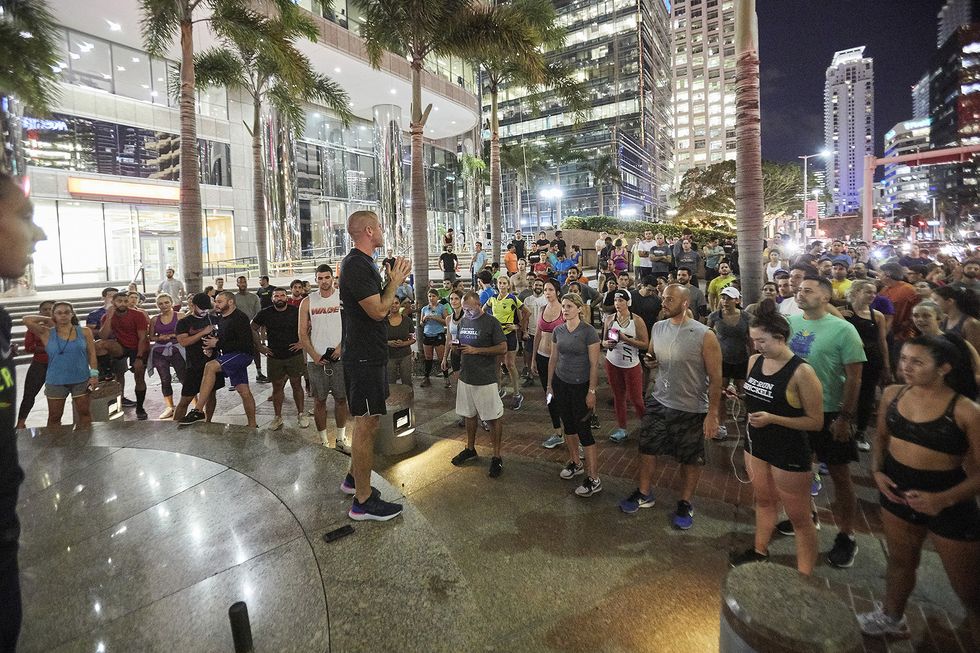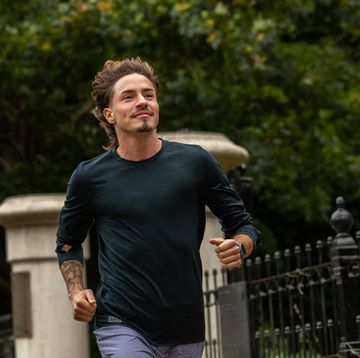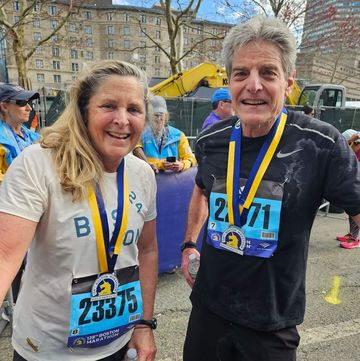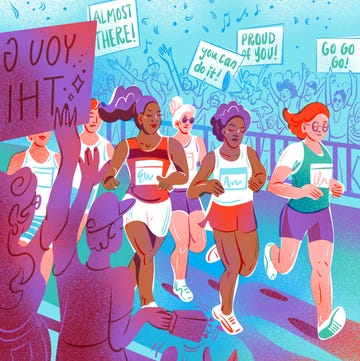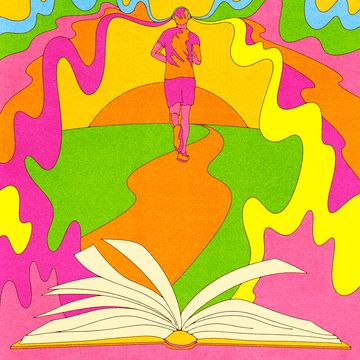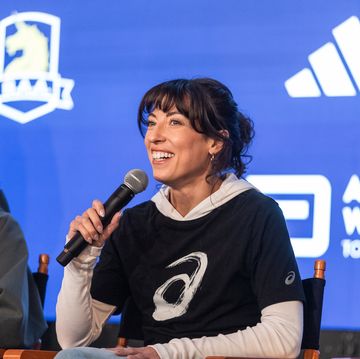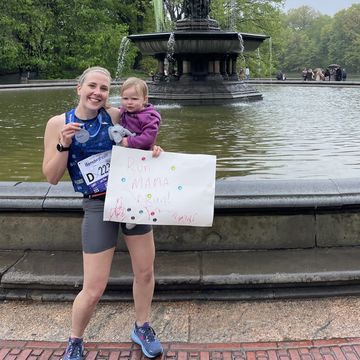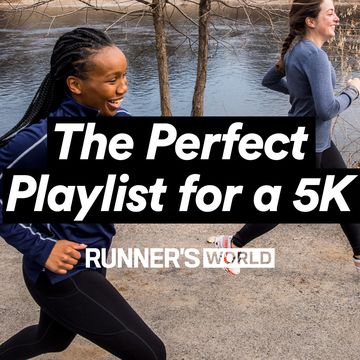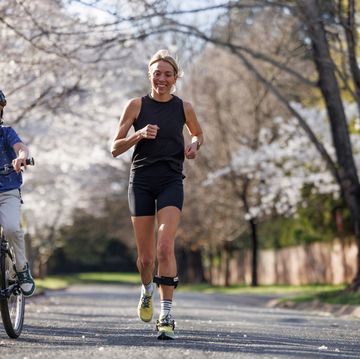Frankie Ruiz was frustrated. Each morning, as he ran through his hometown streets of Miami, he dodged crumbling sidewalks, burned out street lights, and drivers ignoring crosswalks.
Instead of turning to social media to vent, the 39-year-old Chief Running Officer for Lifetime Fitness started making calls to city departments. “I wanted to improve streets for the thousands of Miamians who participate in one of my running clubs [of which Ruiz has nine], but also for the city as a whole,” he says.
This is the heart of Ruiz’s bigger vision: empowering runners to own their city streets. Not just to experience the streets as they run, but to take action in improving them—to call public works to report problems, pick up trash if they see it, help maintain trails.
It’s something Ruiz began thinking about 17 years ago, which was reinforced when he helped launch the Miami Marathon in 2003. “The race provided officials with a sense of urgency to fix things, and I began to realize the power of praise in getting continued action.
“[City leaders] need to be reminded of what the community needs, in the most positive and appreciative manner,” Ruiz says, adding that there’s no better group than runners to do that. “The leaders don’t experience the city as runners do—if we can’t address these fundamentals, then bigger issues, like theft and assault, begin to grow.”
There are prime examples of that, too. Last year, a rash of car break-ins downtown and in Coconut Grove at runner meet-ups were going unreported; people felt it was too small to bother the police. But Ruiz encouraged his clubs’ runners to reach out to the authorities, because it was impacting the entire neighborhood. A few folks speaking up led to an increased police presence, new street lights, and a feeling of security throughout the area.
One of Ruiz’s club members, Fabiola Morales Bibr, saw firsthand how the group’s activism could positively affect her community; runners calling on city officials to improve her neighborhood parks meant that the Ludlam Trail, where her mother speedwalks, was improved. “Now she’s training two or three times a week because she’s enjoying the softer surface, feeling safe, and it inspires her more than walking around busy streets and shops.” And Bibr’s mother isn’t the only one feeling the benefit of Ruiz’s influence.
Longtime runner Matt Rosenberg meets up to 20 other runners every Monday, rain or shine, on the newly updated Flamingo Park Track for the South Beach Track Club. With Ruiz’s encouragement, Rosenberg has “reached out to the City of Miami Beach when trees were overhanging the track and needed to be cut for runners’ safety.” He found that expressing enjoyment of the park has led the city to be “supportive, quick to act, and appreciative.”
Along with these smaller projects, Ruiz also campaigns for major improvements, such as the construction of a 20-mile pedestrian path along Miami’s Rickenbacker Causeway. This popular training route may be one of the deadliest in the country for hit-and-run incidents. Ultimately, Ruiz’s goal with any Miami project, big or small, is to bring people outside and encourage them to run more, he says. “They’ll be more connected with other people, healthier, happier, and stronger as a community.”
